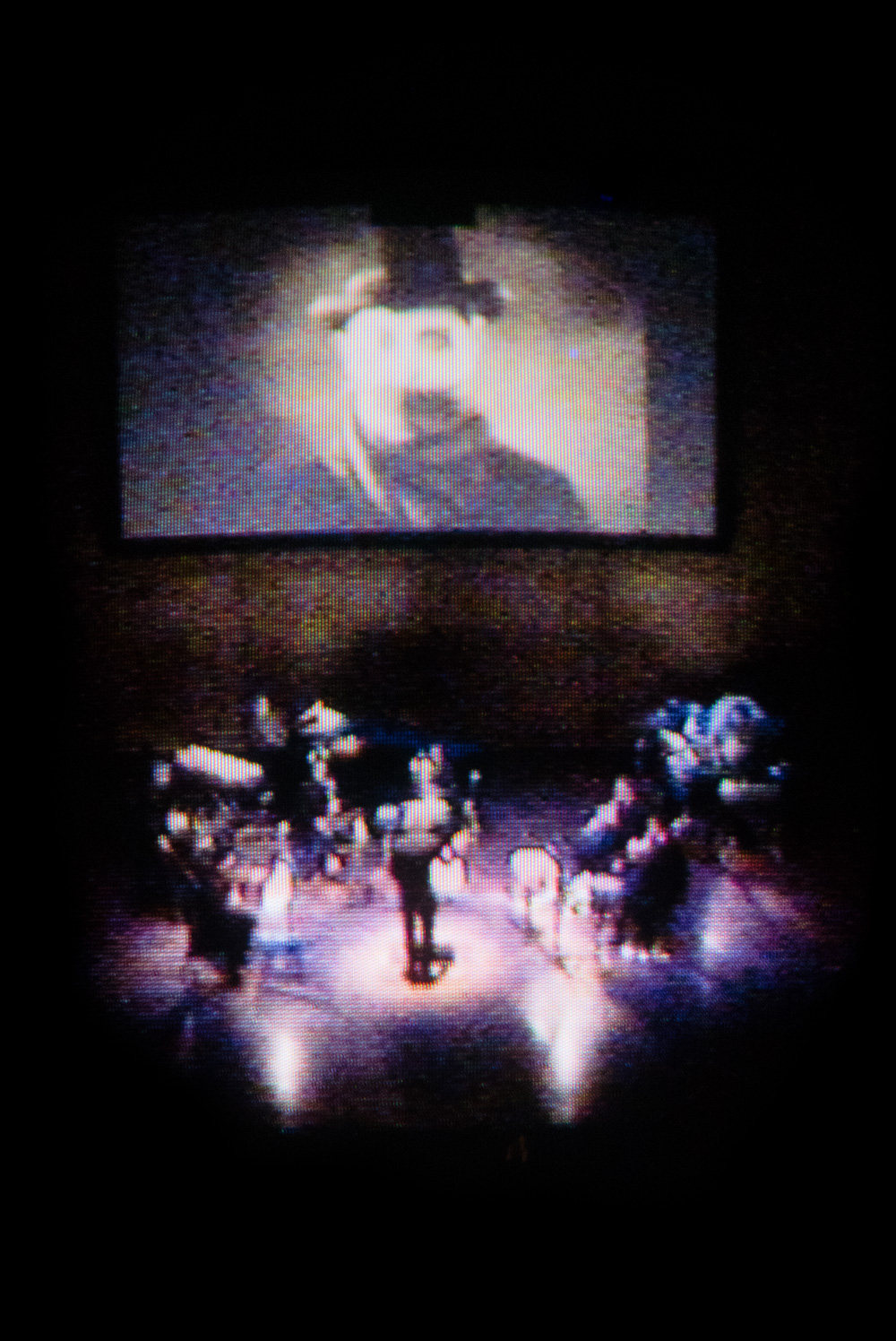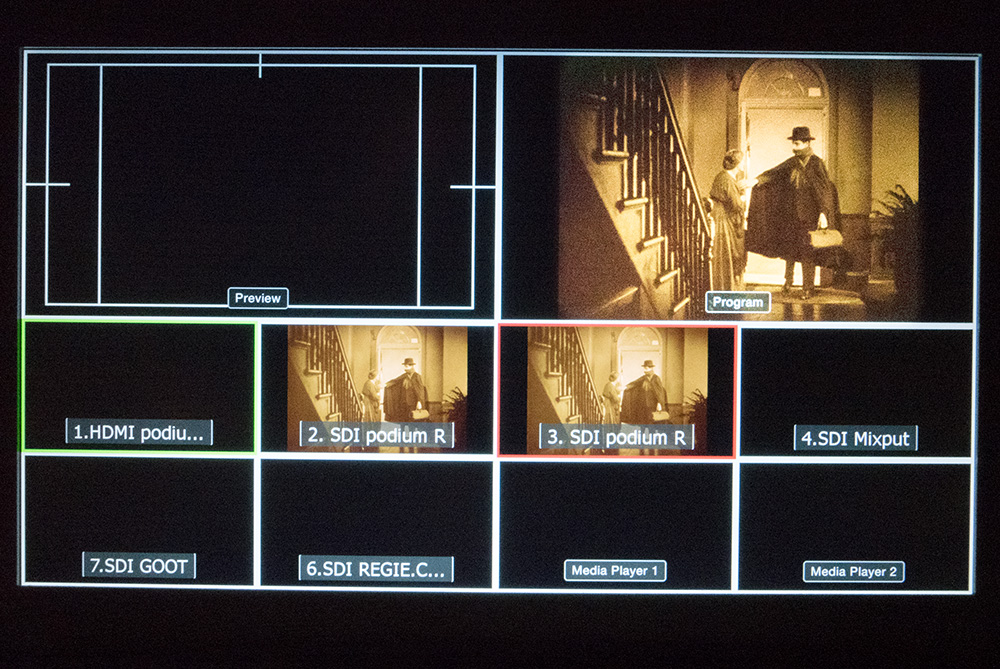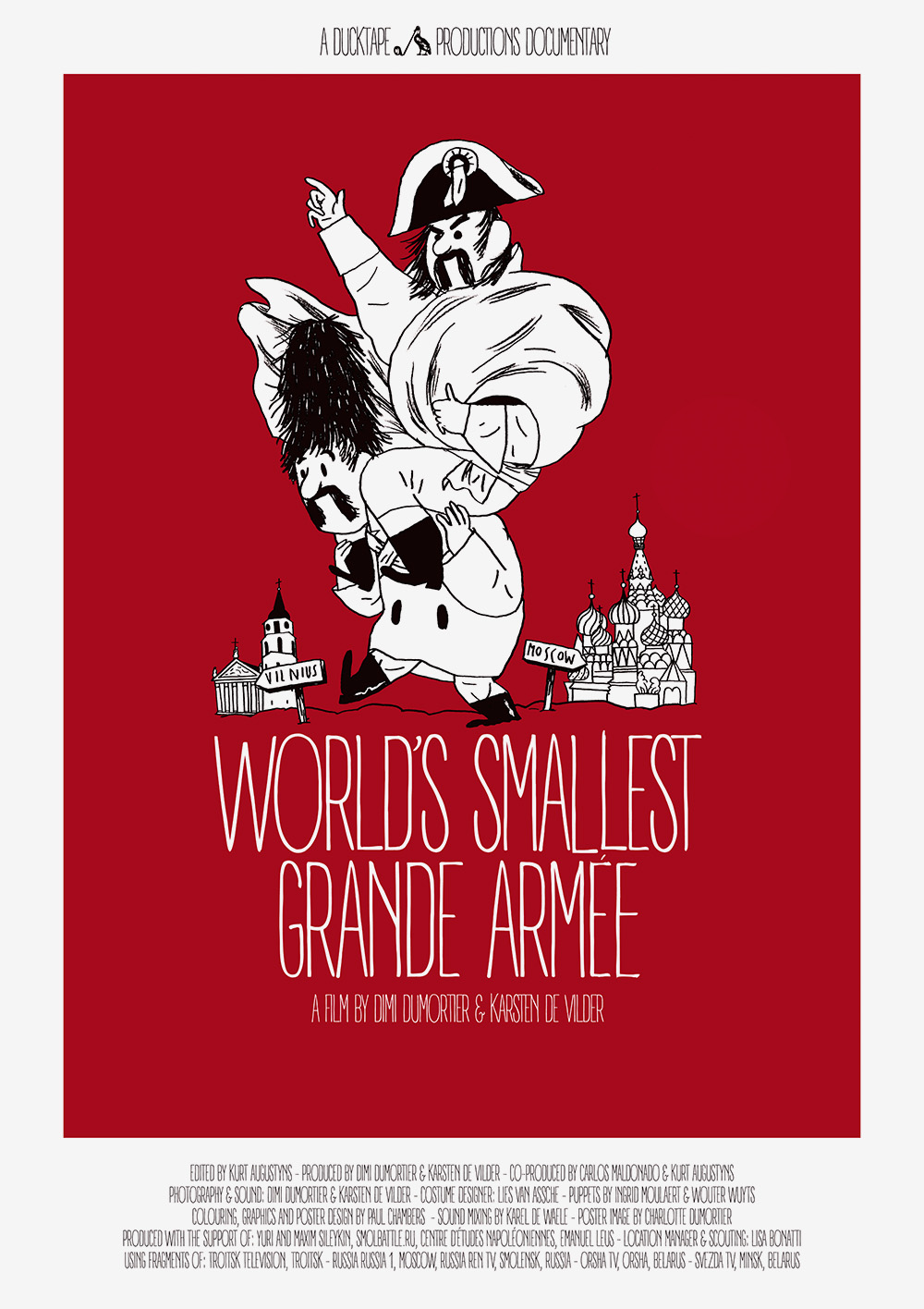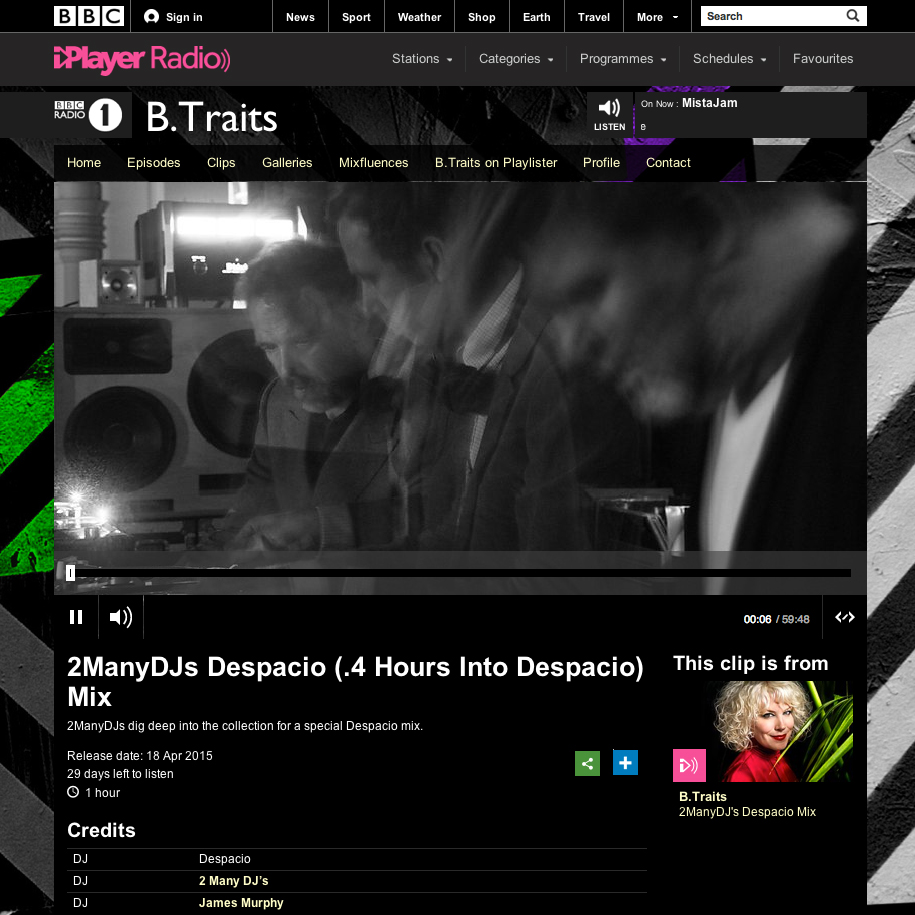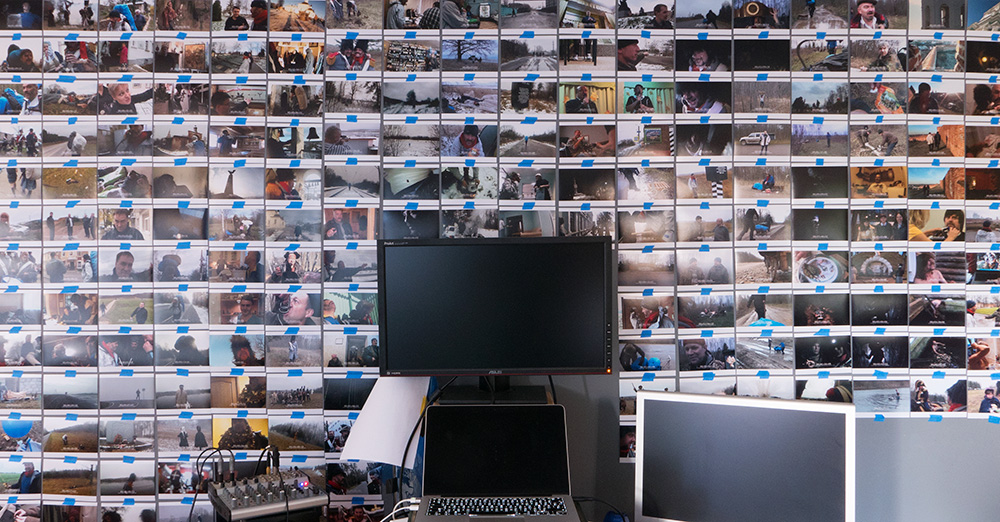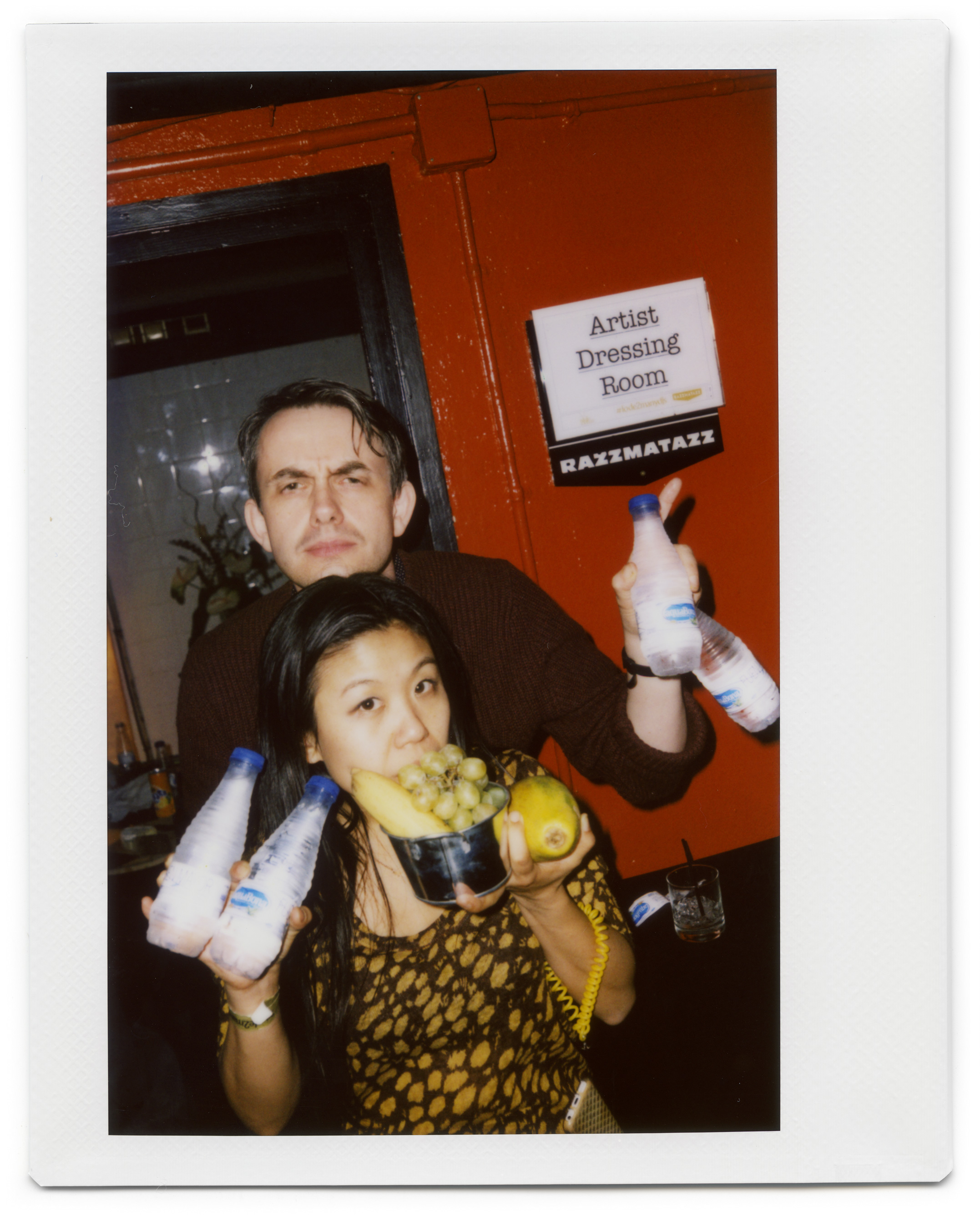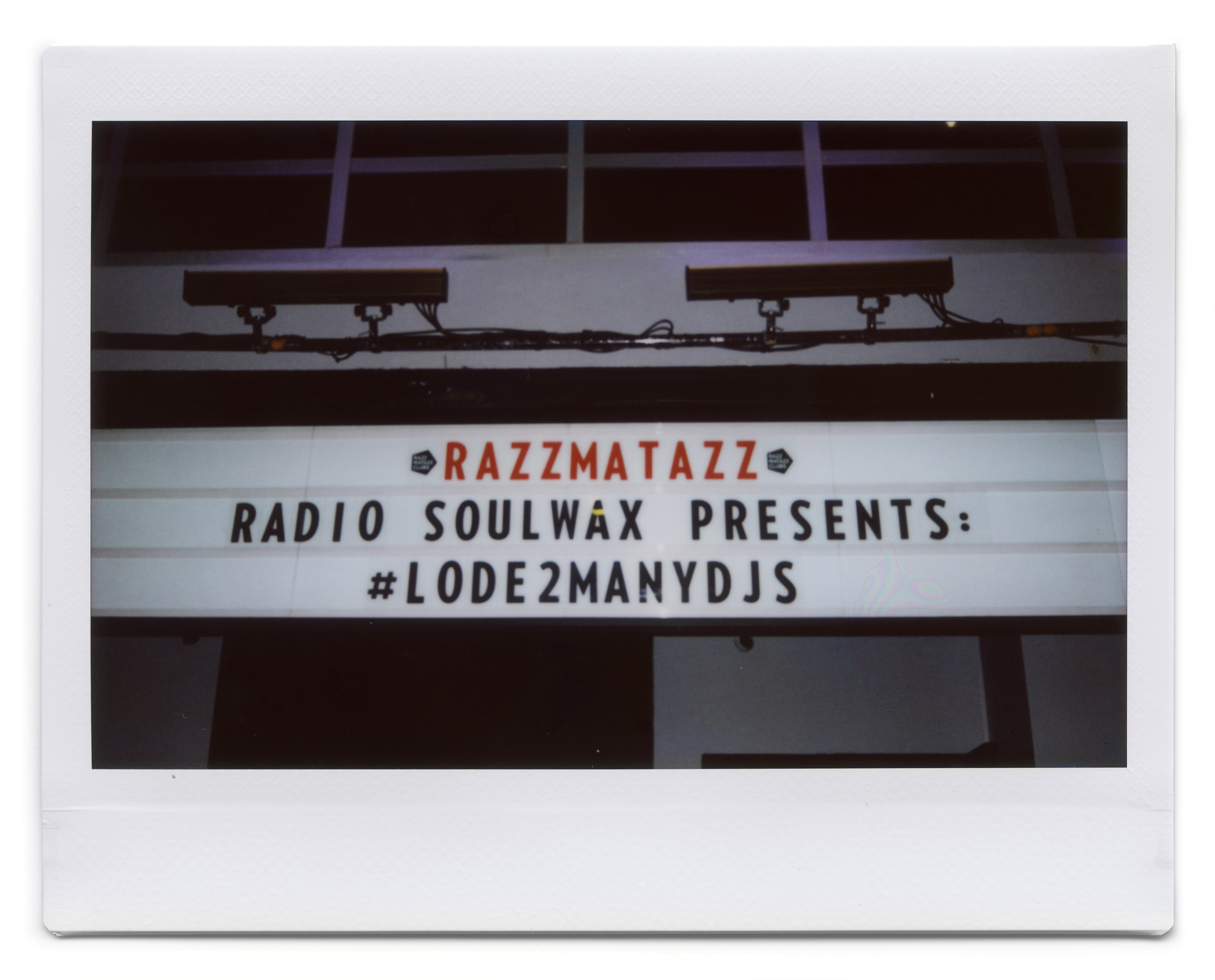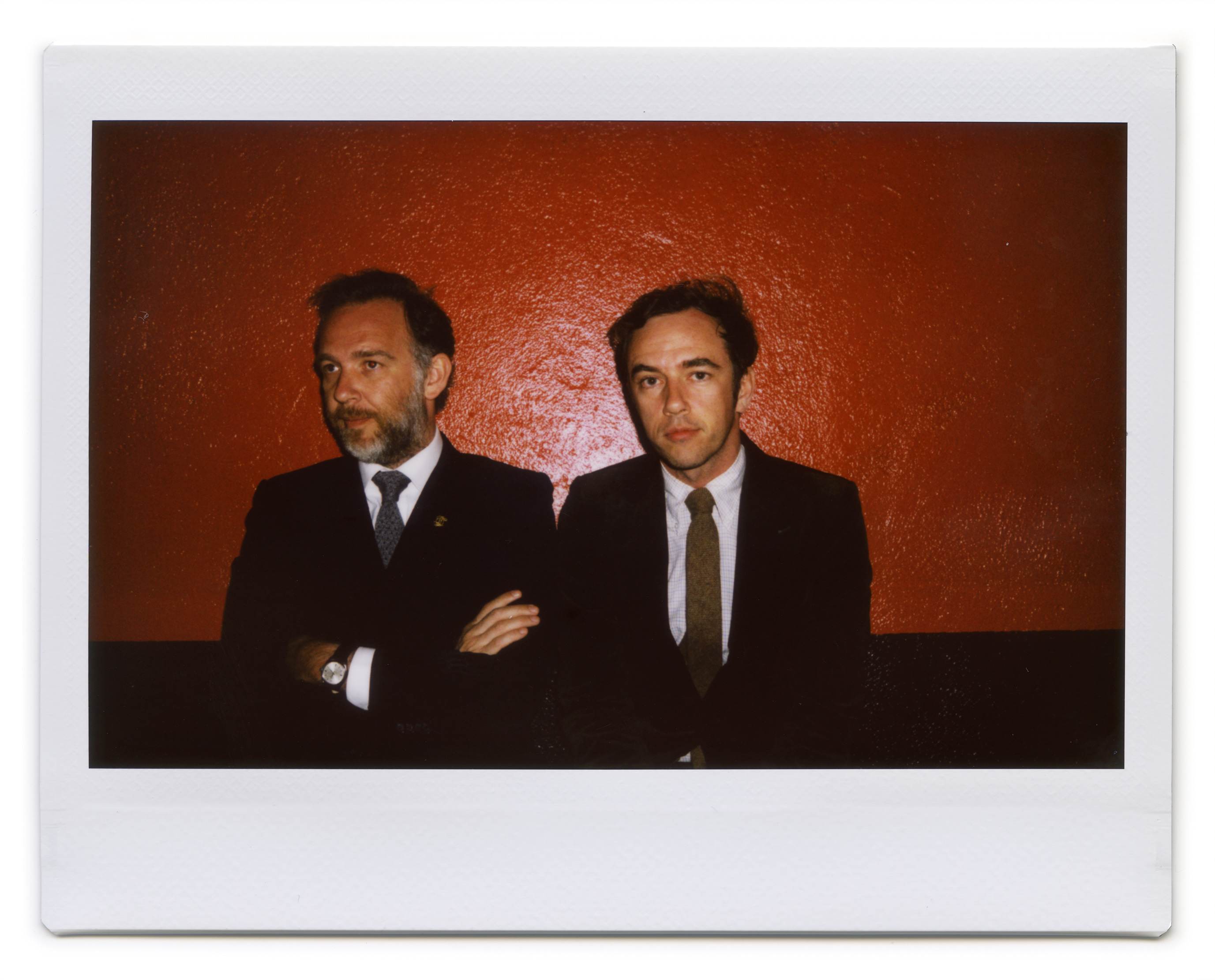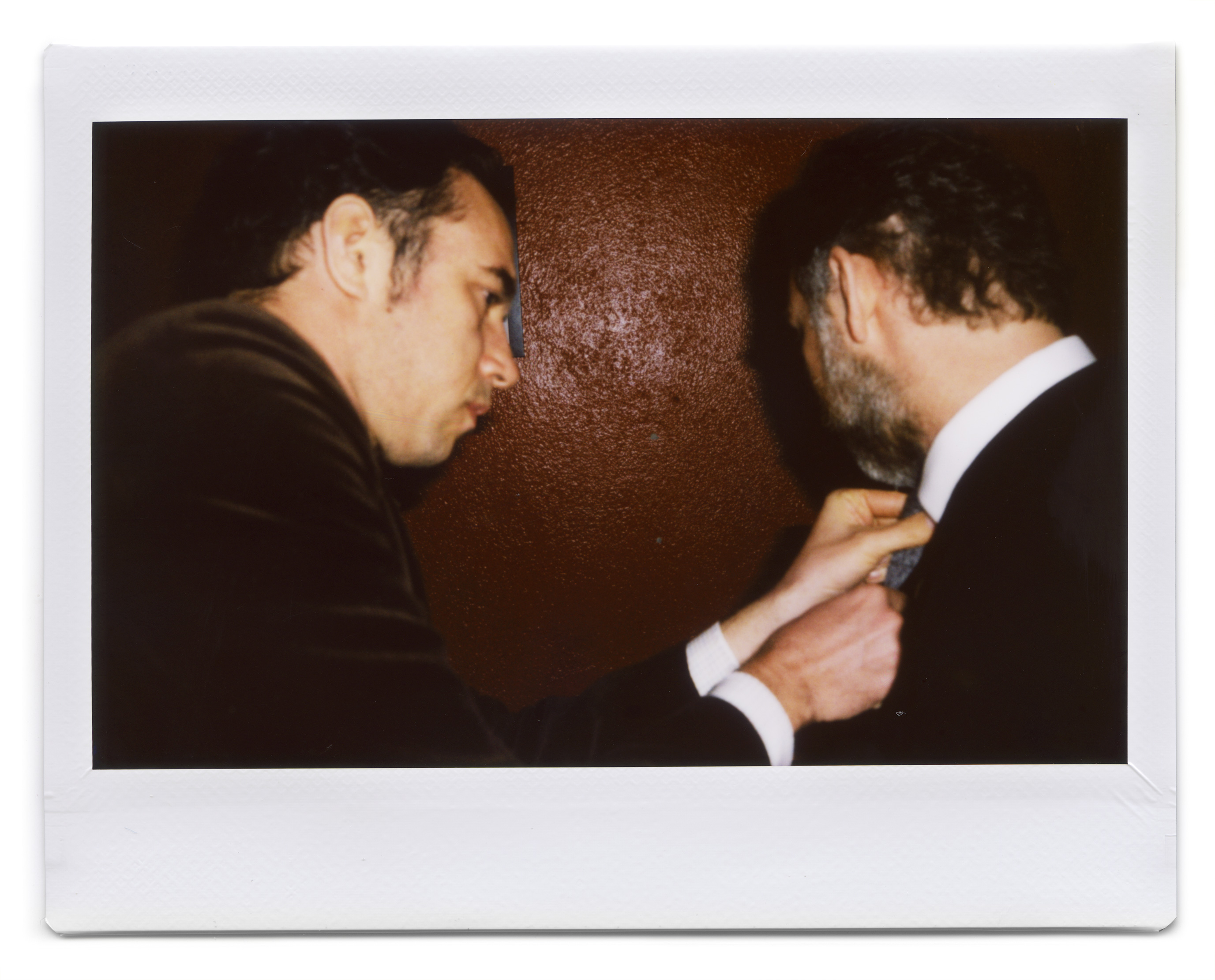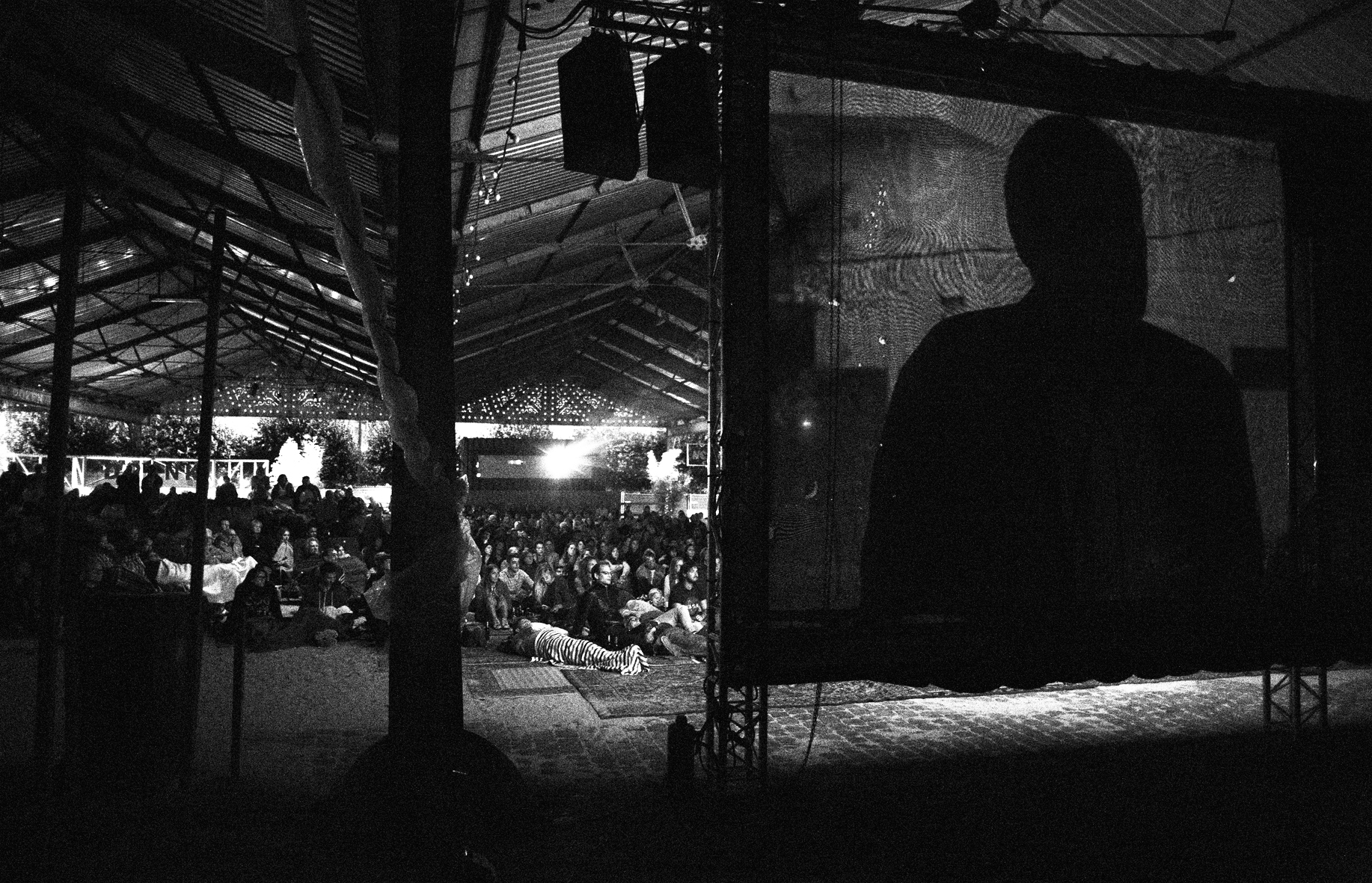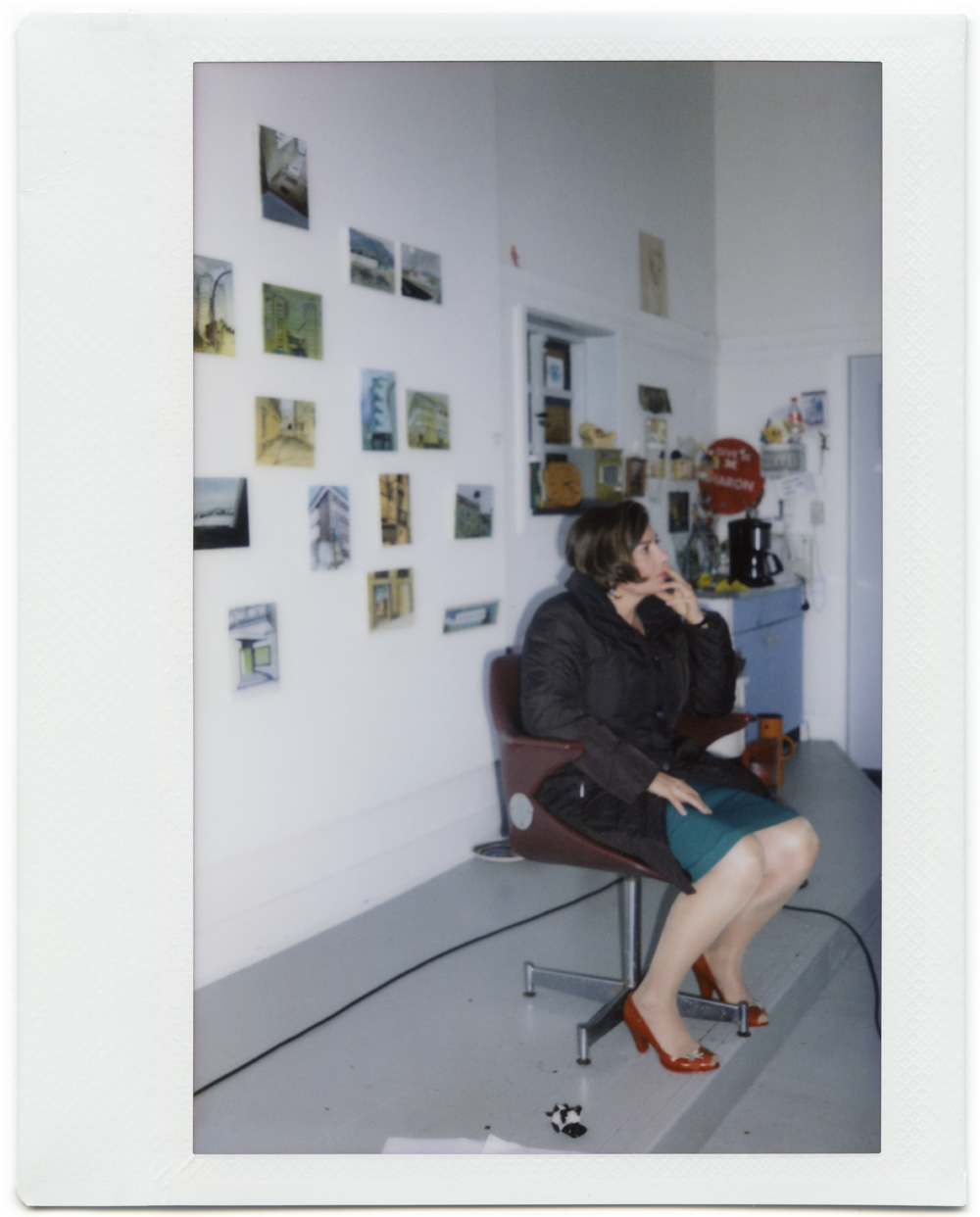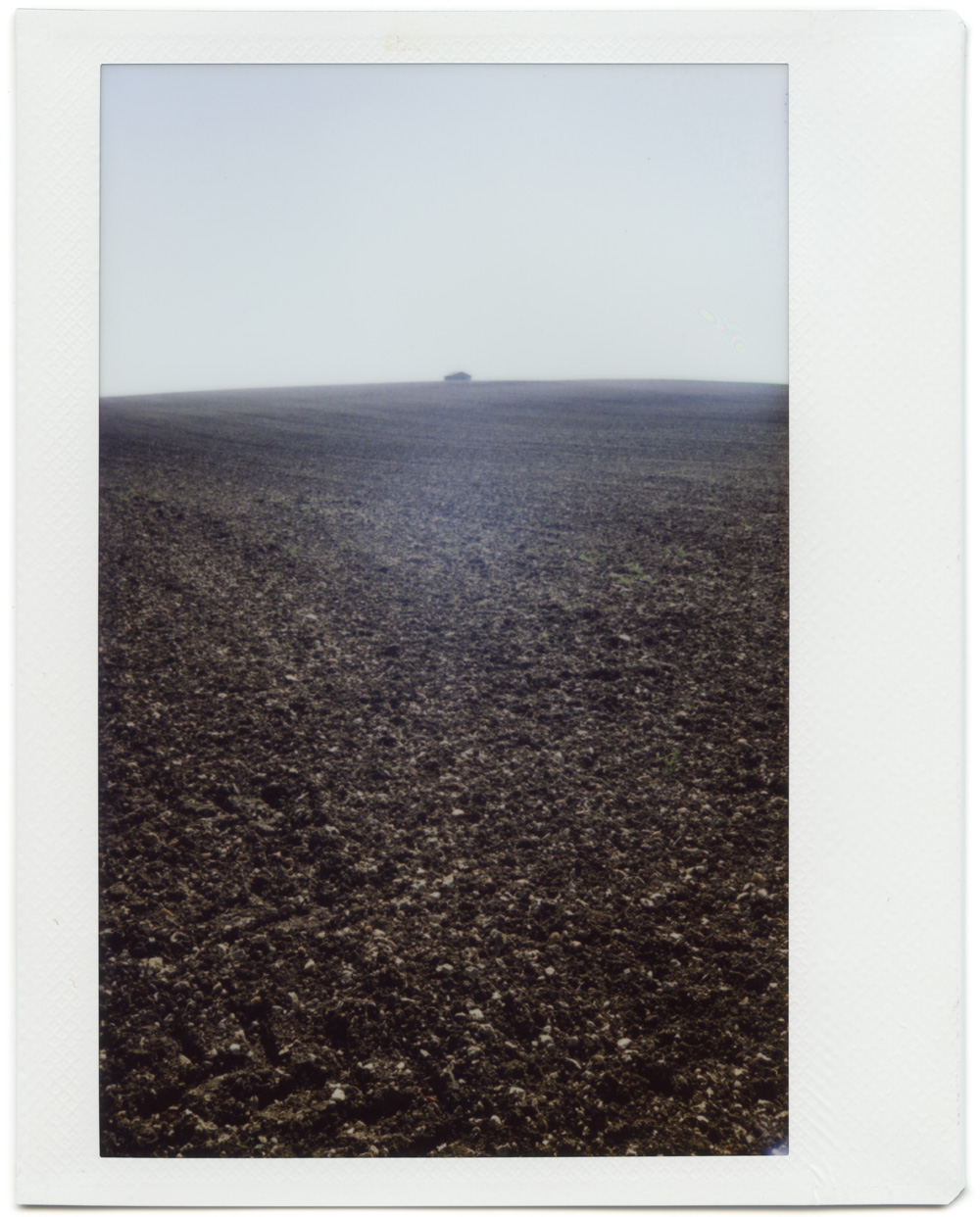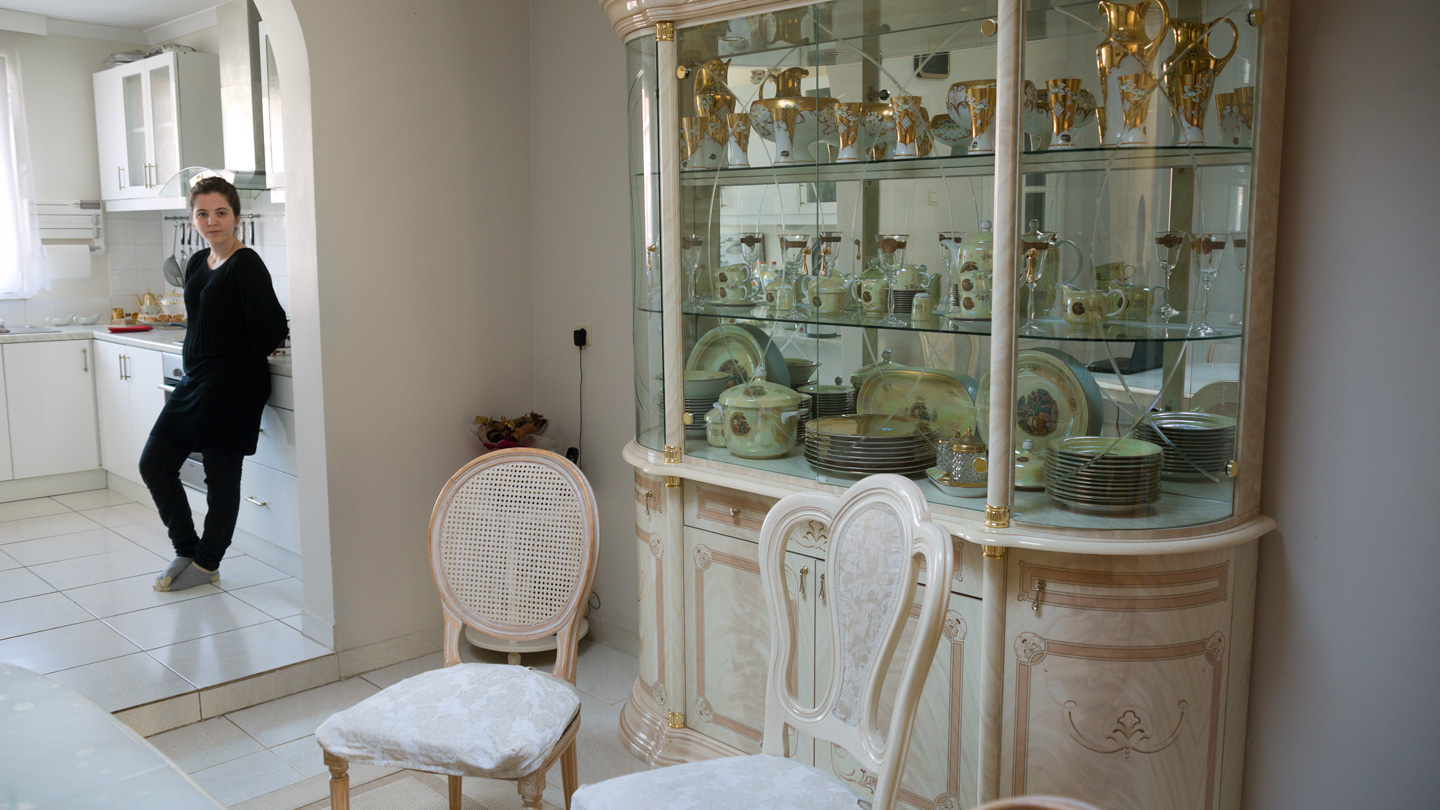This weekend I’ve screened ‘The Lodger’ at the Muziekgebouw in Amsterdam. The first true Hitchcock film. The contemporary score by Joby Talbot is performed live by Hermes Ensemble. During general rehearsal, the playout system crashed.
More precise: the sound cues that the conductor uses continued, but the image blocked. These sound cues are incredibly complicated for the conductor and for the musicians it was also really important go through the piece in one go. So the rehearsal continued, but without the film. After the rehearsal, we (me together with the Muziekhuis technicians) pinpointed the problem and installed (and had a test run with) a different playout system. For obvious reasons I installed a backup system that ran simultaneously with the first. In case of any problem, we could immediately switch to the backup, with the film continuing, but at least as important, with the sound cues continuing. Any pauze would have been a disaster.
During the gig, the main system performed flawlessly, without any need to go to the backup.
The point being?
Times and times again in film, there are moments where redundancy saves your butt. Perhaps is wasn’t needed this time, but with very complex or technologically risky setups, like the vintage camera’s used to capture Soulwax shows this summer, it does happen that equipment fails at crucial moments and you do have to go to the backup to save the day. Failure is not an option.
So also during filming, I’m a big fan of recording on a double system.
And during editing, you also want a plan B. Cut away shots, camera angles. You plan everything before the shoot and things may work out during the edit, but they also may not. There and then, you need the escape route. And how many fellow editors haven’t had their hard drives crashing? Not even mentioning archiving our work.
This leads me to the final thought: technology to make films gets cheaper, yes, but the live span of our creations gets shorter, budgets are tighter than ever and a lot of people are struggling to survive. Redundancy is no longer an option at the end of the race to the bottom.
After a weekend like this, I’m again happy to either have the resources or the creativity to have a plan B. I hope it can continue for quite some time.
pictures: cctv view of the show and mixer panel
The moment has come! “World’s Smallest Grande Armée” (which I’ve edited*) will be released to the public. To make it even more interesting, the soundtrack will be played live by Kutuzov’s Cat.
You can experience it here:
June 10 2015 – 20.00
Antwerp – Permeke Bib
June 11 2015 – 20.00
Brussels – Cinema Adventure
June 12 2015 – 19:00
Leuven – Cinema Zed
June 13 2015 – 20:00
Gent – Kaskcinema
June 14 2015 – 19:00
Antwerp – De Studio
More information and tickets on the website: http://www.wsga-doc.com
The story?
Two guys, obsessed by history, undertake the voyage of their life: on foot from Moscow to Vilnius. They intend to follow the trace of Napoleon, more specifically of the soldiers of the Grande Armée, an international hodgepodge that conquered Moscow in 1812 just before their French leader led them into a tragic defeat against Russia.
Dimi and Karsten walk a thousand kilometers along places long forgotten by Western Europeans, towns and former battlefields with names that once were synonym for military hardship, for cold and disaster, for the rawest denial of human dignity. Four million footsteps and the beginning of a winter on unknown soil separate our self-proclaimed two-man-army from its goal. All they have is a pair of good legs, a tent and a little guitar. Oh yeah, and a pastiche uniform of a French grenadier!
So bring on the vodka! Light the campfire! Prepare yourselves for the sweet adventures and the unlikely encounters of two recreational historians with a good morale and a sack of songs, two fellows in search of one of the darkest pages in modern history. For this is… Napoleon’s horror march revisited!
Watch the trailer here! http://www.blog.kurtaugustyns.com/video-gallery/
*from what appeared to be rushes that were as long as Napoleon journey itself!
I guess I should be stoked about the BBC using one of my photos, but it’s kind of hard when it’s not your best work by a long shot. But hey, anyone who ever visited Despacio, knows they love it dark. Those tiny lights of the record players being the brightest spots in the image should give it away. Stop whining and take the credit.
If people are working on the end credits, you know a project is nearing completion. World’s Smallest Grande Armée is one of the most demanding projects I was ever involved in. With hundreds of hours of footage, no script and no narration, it’s a feature documentary sculped completely with elements that were spontaniously captured on video.
Following Napoleon’s footsteps exactly two hundred years after the disastrous march from Russia, Dimi Dumotier and Karsten de Vilder walked 1000km from Moscow to Vilnius. Dimi and Karsten being musicians, the documentary is a highly musical portrait of them, Napoleon and Russia.
More information will surely follow at the time of release.
I recently made a trailer for a theater piece by Speelman called De Wachters. One of the things I was most happy about was the structure of the edit. Beginning with a really long shot and then countering it. Not so easy. Afterwards I made a small drawing displaying every cut in the edit. It reminds me of a musical score of a contemporary music piece. I may be indulgent, but nothing wrong with enjoying what you do.
Watch the trailer:
Happy 2015! I have some more polaroids of that lovely evening back in 2014 in Barcelona. Come and have look… read more…
I love Razzmatazz. It’s one of the coolest venues I know. I also love Dave and Steph, aka 2ManyDJ’s, but on a completely different level. So it was very nice seeing them again over there after almost a year. The fun really started when they asked me to do a series of Polaroids. Well Instax would be more correct, but anyway, I will post some here. Most of them will be shown on their facebook page first, though: bit.ly/1JGQCYU.
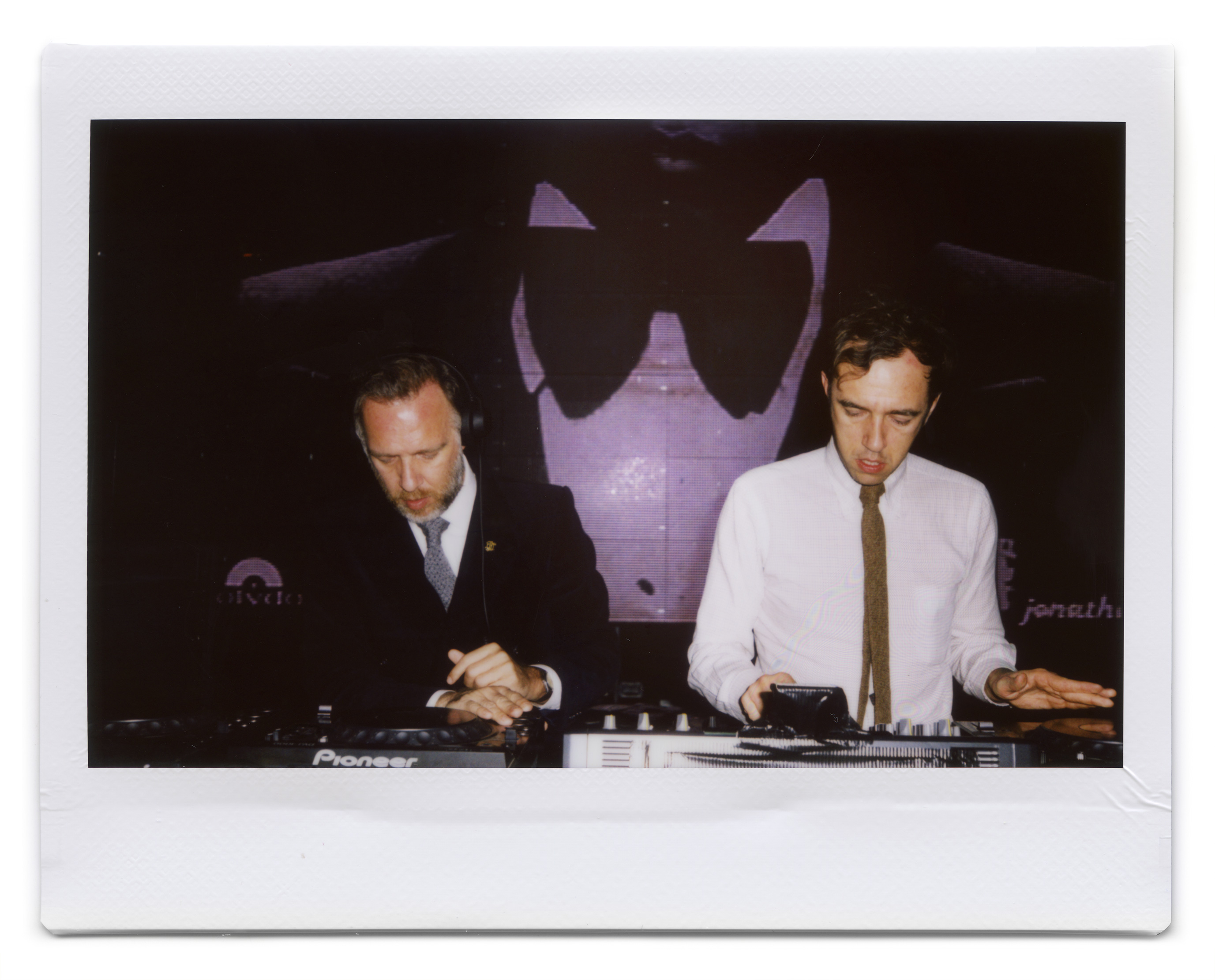 Apart from the visual quality of Polaroids (gotta love those deep reds), the thing that attracts me the most is the relationship you get with people. There is very little machinery between you and them. Also, you go for the kill. You only do one shot. Two in extreme cases. And the people you photograph know that. So they are less defensive. Imagine being an artist and having put a camera or cell phone in your face all the time. I understand them being annoyed sometimes.
Apart from the visual quality of Polaroids (gotta love those deep reds), the thing that attracts me the most is the relationship you get with people. There is very little machinery between you and them. Also, you go for the kill. You only do one shot. Two in extreme cases. And the people you photograph know that. So they are less defensive. Imagine being an artist and having put a camera or cell phone in your face all the time. I understand them being annoyed sometimes.
Photography is not about taking pictures, it’s about taking pictures when they mean something to you.
This month I’m doing projections at Cinema Urbana (Zomer Van Antwerpen). One of the things that strike me the most is that all the bigger Hollywood movies don’t send DCP’s (Digital Cinema Packages, the works), but Blu-Ray Disks (the heavily compressed consumer stuff with much less color depth). Flabbergasted by this, I inquired and learned from the distributor that as a matter of fact, these DCP’s don’t exist anymore because they are erased a couple of months after they leave the multiplexes. They just don’t exist anymore. A huge problem for them.
Now, knowing how Hollywood likes to squeeze every cent out of a movie and tries to recuperate every penny, this makes total sense. But it’s still wrong and dangerous of course. Movies are meant to be shown. They only exist when they are shown.
Martin Scorsese once wrote that it is not upon us to decide which film prints are worth to be saved. We can only see that in the future. Now, with going to digital film prints, it seems the lifespan of film prints has become much shorter, instead of longer. So it’s perhaps even more poignant that precisely a Scorsese film gets sent on Blu Ray.
On the upside. All the indepent films seem to take really good care of their digital film prints.
Two films that blew me away as of writing this: ‘Nebraska’ and ‘Get Low’. Both amazing.
Sometimes stuff doesn’t work out and then it does. When Esmé Bos came to me with an idea for a music video for her song “Perfect”, it involved an old friend and artist Sharon van den Berg making a portrait of her while she sang the song. I started to develop it and wanted to shoot some green key footage to play with the realism of the set. Complete with storyboard and lunch we drove to Sharons artist studio. Which of course was on the other side of a neighbouring country.
During editing it turned out it just didn’t work. Although the footage was great and both Esmé and Sharon did a splendid job, it packed too much story in the video, which has a lot of lyrics as it is. So I was a little bit stuck. On holiday. In France. In a town with about five houses. Two of the residents there, the amazing and English Richard and Mary (both in the prime of being eighty, I believe) came over to give us some old children’s games. One of the designs of a very old picture domino had extactly the lightness, colors and feeling I was by now looking for. Having shot green key gave me the freedom to get back on track.
And here is the final video: http://vimeo.com/93781279 or if you prefer youtube: http://www.youtube.com/watch?v=WNCGGVn9fE4
So, as simple as the result now is, you hereby know that it was actually made across 1000 km. But I’m happy.
From the press release (translated):
De Konektorkaart, April 27, Lamot, Mechelen
City Artist Gijs Vanhee, Dikadoku and Samenlevingsopbouw Antwerpen Provincie created a virtual narrative map of Mechelen: ‘De Konektorkaart’. They collected 4 stories of people who migrated to Mechelen, resulting in both a documentary and a work of art in the window of an old shop.
The work of art ‘De Konektorkaart’ can be viewed from April 18 to May 14 in the former store “De Groene Hond”, Korenmarkt 7 Mechelen.
The documentary ‘De Konektorkaart’ will be screened on 27/04 at Heritage Day 2014, at 11 o’clock, 14h and 15h at Lamot Site, Zaal Herten Aas, Van Beethoven 8-10 (entrance Haverwerf), Mechelen.
I took care of one of the two camera’s and the light. Picture taken while setting up for the interview.
Watch the trailer here on vimeo: http://vimeo.com/101204111
